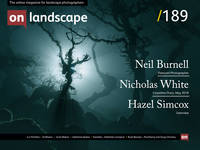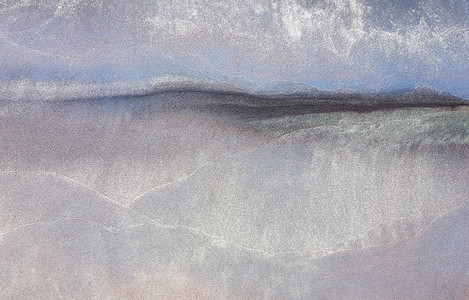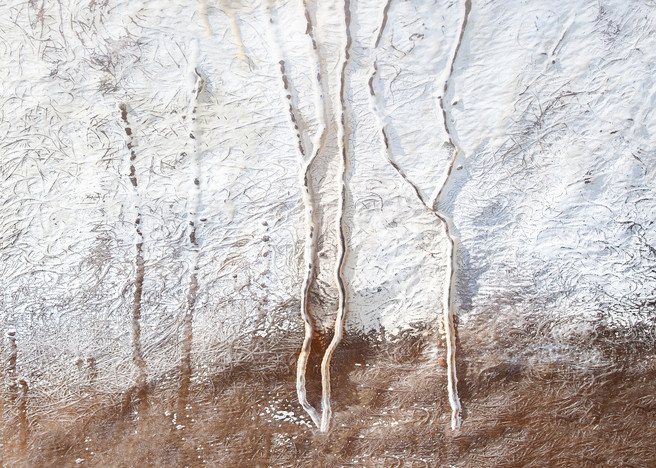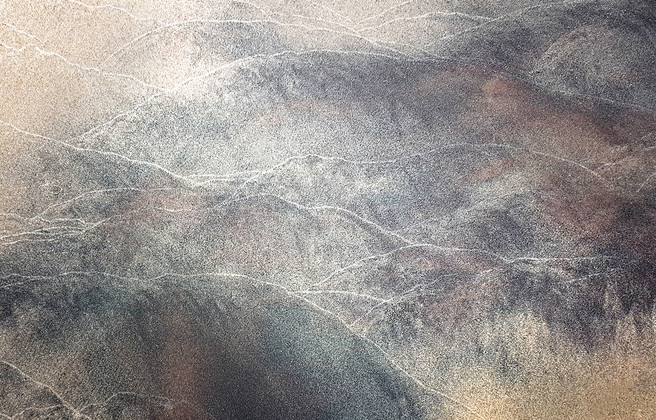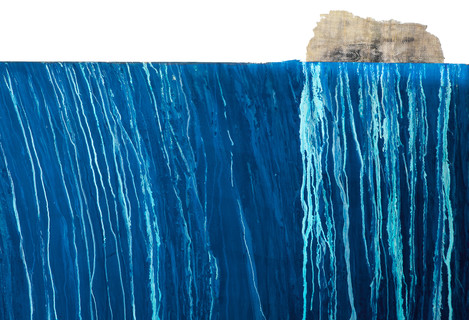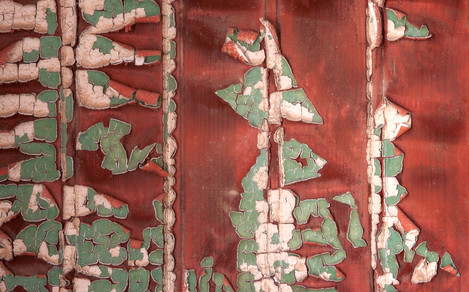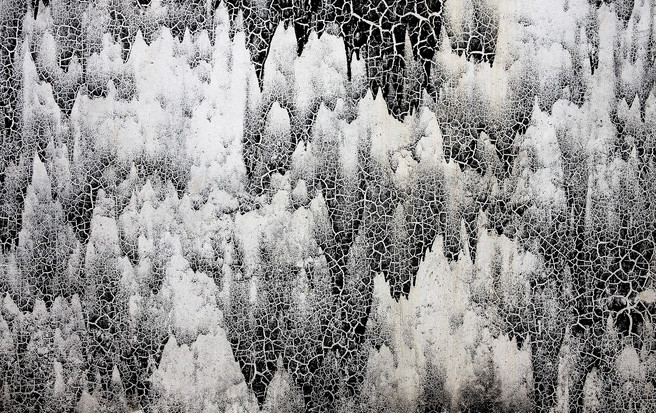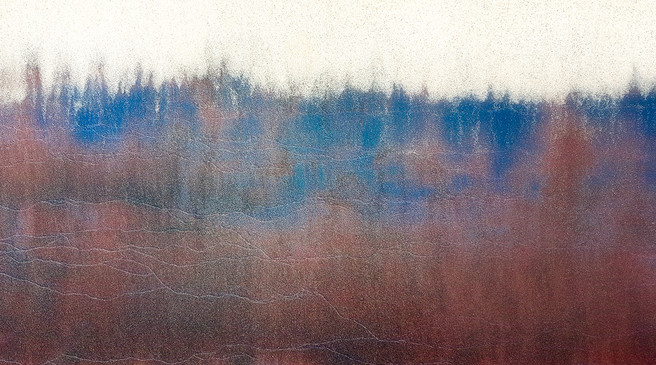Seeing beyond the obvious

Katherine Keates
A photographer for many years, Katherine’s love of photography has led her to explore many avenues within the art and craft of photography both at home and abroad. She has explored, photographed, and written about places she has traveled worldwide.
Katherine strives to present her unique vision and apply an artistic approach to her photographic work. She actively seeks the magic in the mundane and loves to tell a story with her images.
Her images have won awards in the BBC Wildlife Photographer of the Year competitions, Epson International Pano Awards, Px3 (Paris), Female Eye Film Festival, Travel Photographer of the Year, RMG Exposed, Chasing the Light and more.
katherinekeatesphotography.com
Although there can be unique and broad interpretations, landscape is a major theme in all forms of art. One of them is photography. Landscape photography is a means to represent the places in which we live and a way to portray what we see around us. A landscape is rarely defined by its size but rather the phenomenon or ecological mosaic that is presented for us to consider. The physical elements often include landforms such as mountains, hills, lakes, or the sea. It could also encompass vegetation, buildings, structures, or even, transitory elements like weather conditions. Bottom line, it represents how we see and interpret our space from many perspectives. It can be as broadly varied as forests, tundra, deserts, cities, farms, ruins and riverbeds. However, what makes a landscape image emotionally effective is how it resonates within us, conjures a memory, or allows for a momentary escape.
Recognising that, there is something more than the traditional landscape that we see with our eyes. What I am referring to is the landscape that our mind recognises and interprets. It often appears at times and in places when and where least expected. It is one that once we chance upon it, we can barely see anything else. It is like the clouds passing overhead which present us with a dynamic display of subjective images that call to us and our imagination.
Imagine a sweet summer morning. You walk along the beach where the sparkling water meets the sand, breathe in the fresh air, hear the waves lapping along the shore, and feel the sand squish between your toes. The grand scene takes your breath away but there is also undiscovered magic happening beneath those sandy toes that can be equally beautiful and totally mesmerising. Like the clouds above, the scene is ever changing, developing, and disappearing. You take a closer look.
Over millennia, rock is broken down in tiny and varied particles of minerals which make their way to the shore by eroding rivers, glaciers, volcanoes, moraines and bluffs. These ancient minerals amalgamate with newer ground up shells and invertebrates to create one-of-a-kind blends of colourful sand and oxides reflecting each beach’s local geography in a magnificent palette. Every beach is eternally restless and adapting and is as unique as a fingerprint.
For me, as a photographer who loves creating abstracts, my core photography began with landscapes. It is impossible for me to walk past this natural and evolving sand art without seeking out the landscape. Hills, valleys, aerials, and abstract visions form and morph before one’s eyes as the water washes back and forth.
To the discoverer, this offers endless possibilities and fun. Camera in hand, or not, the display can be spellbinding. This experience is reminiscent of childhood hours spent rotating and flipping a frame of coloured sand sandwiched between two sheets of glass to create new and wondrous designs. Suggestions of magical lands emerge as the sand slips into shapes of mountain peaks and gorges only to be turned over to start again.
But it is not only the beach which conjures up such scenes. The suggestion of landscapes can be found in close-up photography of more static or slowly evolving subjects such as the rusting metal on abandoned cars, peeling paint on neglected walls, or decaying surfaces on old boats or buildings. There is so much that you can allow your mind’s eye to peer into and discover with merely a closer look.
Rust, another name for iron oxide, occurs when iron or steel is exposed to oxygen and moisture for a long period of time. As years go by, oxygen combines with the metal and eventually weakens the bonds of the metal itself. Although slower moving than that of a beach, the corrosion and decay forms unique designs in the paint and the metal beneath it. This is what makes the discovery of a single abandoned old vehicle in a field or an entire car wrecking yard so exciting. Amongst the deterioration and the incessant and tenacious recall by nature, there is a bounty of landscape illusions to be discovered.
Wood and glass of abandoned buildings and structures, long exposed to the elements of weather and time itself, takes on a patina that is unique and inviting to the mind’s eye. The organic enzymatic changes that occur in the wood as it rots change its composition while the addition of mould and mildew alter and decorate surfaces and form new and tangible textures. Cracking, peeling and bubbling of paint and varnish not only reveal the past before the ravages of time took charge but also show us that nothing is constant. It also reminds us that perhaps we should look at the old and decaying with a fresh perspective. There is often more than meets the eye. For me, as a photographer who loves creating abstracts, my core photography began with landscapes. It is impossible for me to walk past this natural and evolving sand art without seeking out the landscape.
When I first began photographing, I often sought out the traditional landscape. I now see landscapes appearing everywhere. Recognising this has led me to a deeper exploration of the landscape illusions that I stumble upon. The visual images that merely suggest a landscape, yet seem totally out of context, are what really tug at my wild imagination. I strongly believe that the subliminal part of our minds is also very busy at work in the background when we are making the image. Often it is in the review of the scene later during editing when the discovery takes place. Forests appear in the rotting boards of an old building offering a glimpse into its woodsy beginning. A seascape develops on the side of a drydocked fishing boat reminiscent of its life on the sea. A desert scene can be found etched on a piece of glass that has melted and fused in the blazing sun. A winding road can suddenly materialise on the fender of a rusting automobile. And a sand sculpted scene of hills and dales tells the story of the minerals that have wound their way down to water’s edge to decorate the beach with their kaleidoscopic colours. As paint peels and reveals the past beneath its surface, a new life takes hold. It is no longer just an ordinary wall with peeling paint. It is a land to be discovered and explored as history reveals itself, a coincidental connection is made, and a story waits begging to be told.
We spend a great deal of time rushing from one place to another, seeking the iconic shot, ticking the bucket list boxes. Sometimes in our haste, we even forget to breathe. We miss the moments that we don’t even know we are striving for. The connection with the world around us has become so tenuous and fleeting. In our quest for the next Instagram selfie, we fail to go below the surface and look inwards. We overlook the fact that we have a beautiful, curious mind that craves non-electronic stimulation of the senses and a chance to explore on its own untethered terms.
It takes discipline to slow down and smell the roses.
So, next time you go for that contemplative beach walk, remember to stop, look down, take some long slow breaths. Enjoy the moving magical show of nature’s sand art right at your feet. Breathe in the moment. Explore the details of the abandoned barn on the country roadside. Discover the drydock yards at the end of the harbour. Seek out the car graveyards being reclaimed by nature. Just let go and unleash your imagination. You won’t be disappointed.

